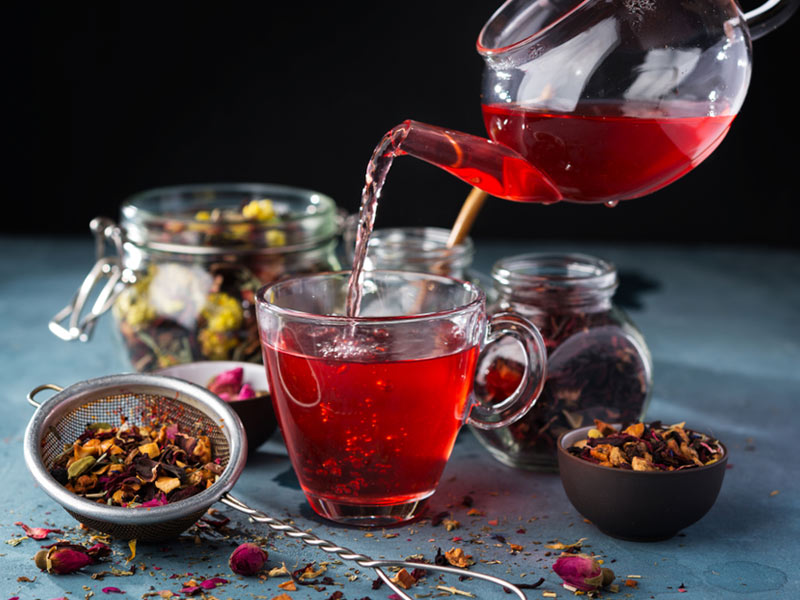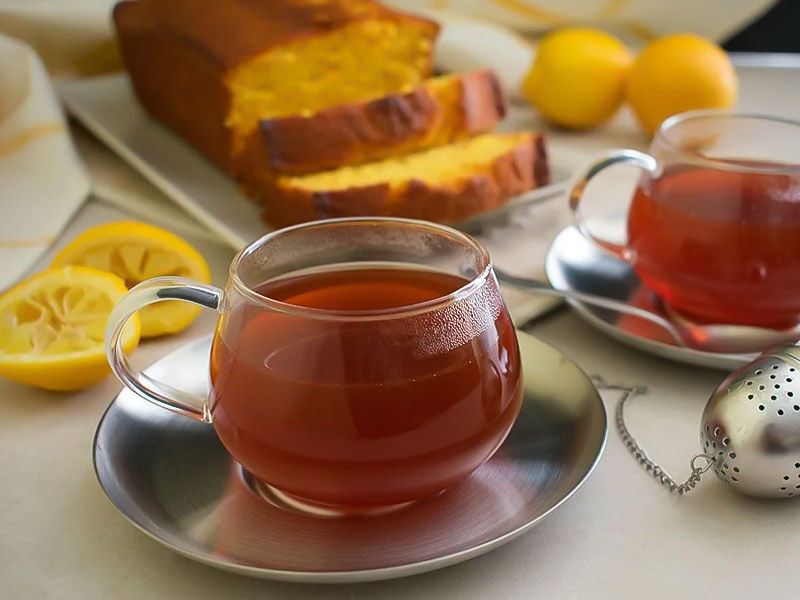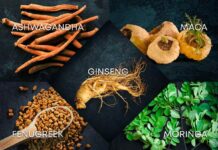We can all agree that chai is more than just a beverage in India; it’s an experience. Even on the worst of days, a cup of hot, freshly made kadak chai lifts our spirits. Whether it’s first thing in the morning, in the middle of the day, or in the evening after a long day at work, an intense cup of tea always cheers me up.
Do you disagree? Even though we are all familiar with traditional masala chai or “tapri chai,” there’s so much more to discover! From Kashmir to Kerala, a wide variety of teas are prepared throughout the country.
The Hindi term for tea is “chai,” which is taken from the Chinese word “cha.” Chai is thought to have its roots in the Assam region of India more than 5000 years ago. A king created a beverage to be used in Ayurveda by combining a variety of flavorful and warming spices.
Over time, the therapeutic beverage developed enormous popularity and expanded throughout the nation, with each region adding its own distinctive spin to the traditional formula.
Kangra Chai – Himachal Pradesh

The tea capital of North India is Kangra. Every tea lover’s paradise is found in Palampur’s verdant grounds. Since the middle of the 19th century, the Kangra Valley has been producing both green and black tea. This Himachali tea has a little spicy flavor and a green, vegetal scent.
Noon Chai – Kashmir

There is no need to introduce Kashmiris and their passion for chai. They are renowned for being tea enthusiasts, and one of their most well-known brews is the pink noon chai or sheer chai. It is created with milk, salt, baking soda, and gunpowder tea leaves. This tea has a regal and decadent flavor thanks to the addition of dried rose petals and dry fruits. Kashmiri noon chai is typically served with regional slices of bread like makai ki roti, lavash, tschot, and girda for breakfast or dinner.
Ronga Saah – Assam

The majority of tea plantations in the world are located in Assam. It is home to some of the most exquisite tea gardens and provides rich, aromatic teas to more than half of the population. One such tea that has a unique place in the hearts of the locals is ronga saah. This reddish-brown tea with a delicate flavor is said to aid digestion and be wonderfully calming. It is well-known for using only pure tea leaves and for being a brilliant red tint.
Nilgiri Tea – Tamil Nadu

The Nilgiri Hills in Tamil Nadu are where Nilgiri tea is grown. The distinctive subtropical environment of this area results in a tea with strong fruity and flowery aromas. It also contains traces of woody plums and sunset orchids. It features a strong aroma, a spicy aftertaste, and several health advantages. For a feeling of calmness, sip some Nilgiri tea.
Also, Read 6 Amazing Tea Recipes To Help You Detox
Irani Chai – Hyderabad

The Iranian version of Indian chai is unique. It was introduced to India by the Persians in the nineteenth century and can currently be found in several historic cafes throughout the city. This tea’s distinctive flavor comes from the inclusion of mawa or khoya. The result is a creamy, sweet, and milky combination. To make this chai extra tastier, you may also add spices like cinnamon and green cardamom. It is recommended to pair this traditional Iranian chai with bun maska or Iranian biscuits.
Sulaimani Chai – Kerala

Sulaimani chai is a native of Kerala’s Malabar region. This fragrant spiced tea with Arabic origins is quite popular in South India. It’s believed that Prophet Muhammad drank ghava, a date-and-black-pepper beverage. Later, this ancient recipe was modified by the Arabs to suit their tastes. Black tea is used to make this revitalizing tea, which is served without milk. This beverage is typically consumed following a satisfying dinner.
Lebu Cha – Kolkata

Lebu cha is the name of the spicy tea popular in Bengal. This street-style chai is an infusion of black tea with a hint of tart lemon. It is made by steeping the leaves of tea in water with a special masala mixture that each street vendor uses. A fresh squeeze of lemon added just before serving gives this chai a tangy edge. If you happen to be in the city of joy, you must taste lebu cha, which is sort of like a desi version of traditional lemon tea.
Darjeeling Tea – West Bengal

Darjeeling has the highest tea cultivation height in the world. It is cultivated in the Darjeeling region of West Bengal and is quite special since its leaves can be used in a variety of ways. Given its musky-sweet flavor and reputation as one of the finest black teas in the world, it is often referred to as the “champagne of teas.”

























